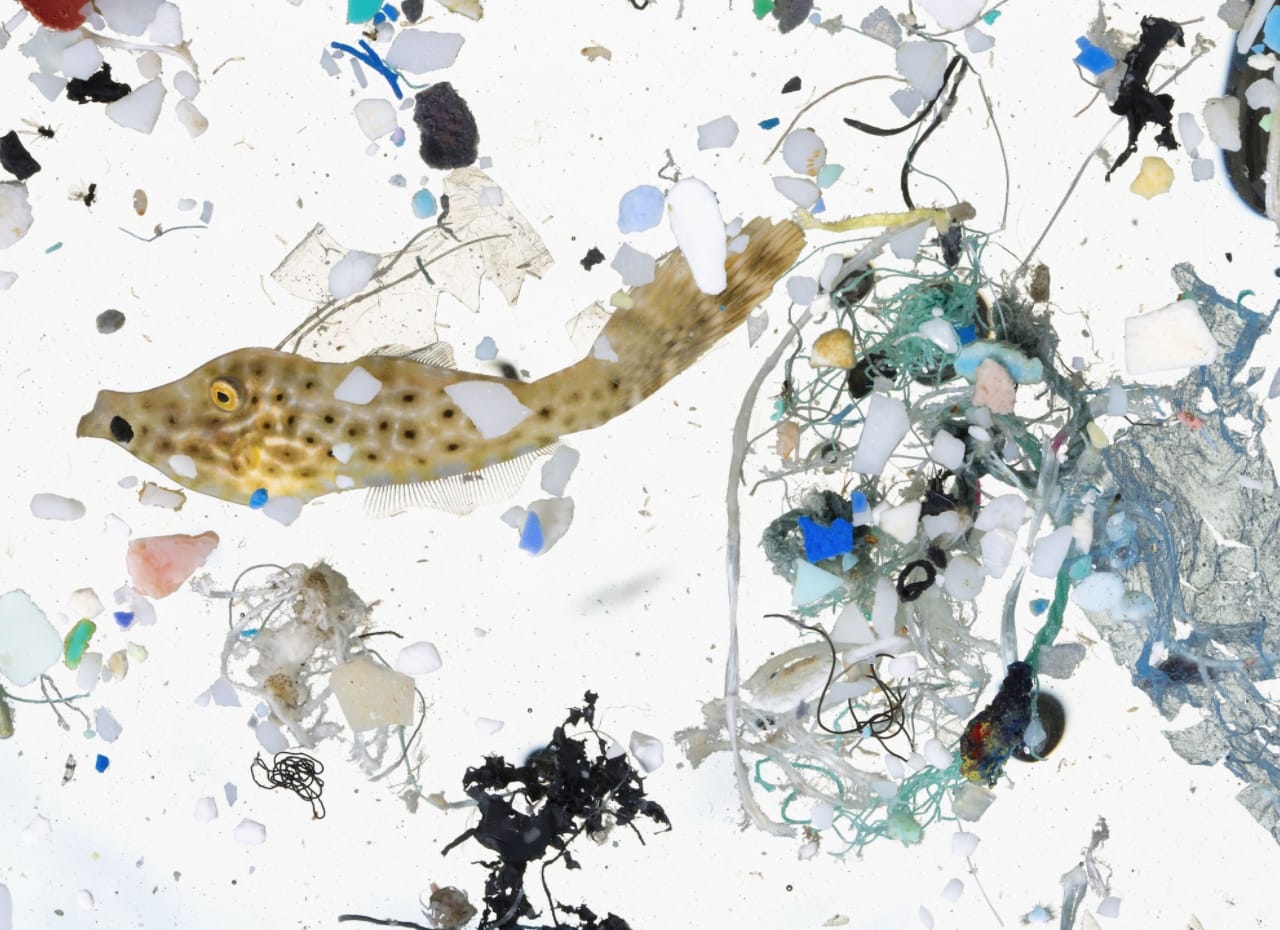Research and Ongoing Studies: Are Microplastics Really Harming Us

The potential impacts of microplastics on human health are a growing area of scientific inquiry. Researchers around the world are conducting studies to investigate the pathways of microplastic ingestion, the potential consequences for human health, and the factors influencing exposure.
Methods for Studying Microplastic Ingestion and Effects, Are microplastics really harming us
A variety of methodologies are employed to study microplastic ingestion and its potential effects on human health. These methods can be broadly categorized into laboratory experiments and field studies.
- Laboratory Experiments: These experiments often involve exposing cell cultures or animal models to controlled doses of microplastics. This allows researchers to observe the effects of microplastics on cellular processes, organ function, and overall health. For instance, studies using cell cultures have investigated the impact of microplastics on cell viability, inflammation, and oxidative stress. Animal studies have explored the effects of microplastic ingestion on digestion, liver function, and reproductive health.
- Field Studies: Field studies involve examining microplastic levels in human populations and their potential correlations with health outcomes. These studies often utilize biomonitoring techniques to assess microplastic levels in human tissues, such as blood, urine, and breast milk. Researchers may also collect data on dietary habits, lifestyle factors, and health status to identify potential associations between microplastic exposure and health outcomes.
Findings from Research Groups
Numerous research groups are investigating the impacts of microplastics on human health. While the field is still developing, some key findings have emerged.
- Microplastics in Human Tissues: Studies have detected microplastics in human tissues, including blood, feces, and lung tissue. These findings highlight the potential for human exposure to microplastics through various pathways, including ingestion, inhalation, and dermal absorption.
- Potential Health Effects: Some research suggests that microplastics may have adverse effects on human health. For example, studies have shown that microplastics can induce inflammation, oxidative stress, and disrupt hormone function in cell cultures and animal models. However, the specific mechanisms by which microplastics might affect human health are still being investigated. It is important to note that the vast majority of research on the health effects of microplastics is still in its early stages. More research is needed to establish a clear link between microplastic exposure and specific health outcomes in humans.
Are microplastics really harming us – The question of whether microplastics are harming us is a complex one, with scientists still working to understand the full extent of their impact. While we’re figuring that out, it’s good to remember there are other things to focus on, like the exciting world of women’s sports, such as what to watch womens basketball and track and field.
Watching these athletes compete can be a great way to take a break from worrying about things like microplastics and enjoy some inspiring performances.
It’s a question we all have: are microplastics really harming us? While the research is ongoing, it’s clear that we need to be mindful of our impact on the environment. Just like we take care of our cars at places like big chair auto repair , we need to be responsible stewards of our planet.
By making small changes, we can help reduce the amount of microplastics entering our ecosystems and hopefully protect ourselves and future generations.
